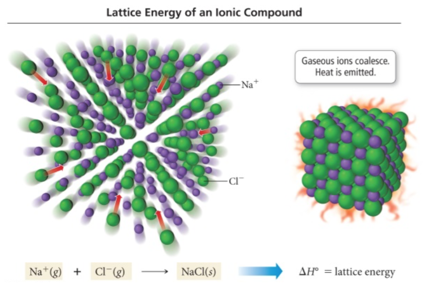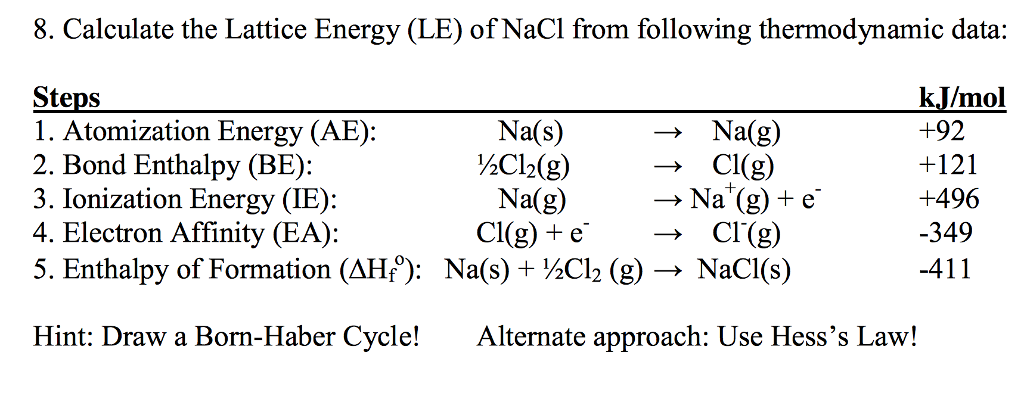


It was found that at a concentration of 0.1 ppm ethanol in air, the sensitivity of this sensor was 2.7 Rg/Ra, where “Rg”-is the sensor resistance in the target gas, and “Ra”-is the sensor resistance in dry air. In 18, a gas sensor based on CuO nanoparticles obtained by the sol–gel method was presented. The use of CuO nanoparticles for the production of gas sensors for CO, H 2S detection was also reported 18, 19, 20, 21. Other studies showed that the efficiency of catalytic materials based on CuO nanoparticles reached more than 90% 15, 16. In particular, model experiments were carried out on the following organic dyes: methyl orange, methyl red, Congo red, methylene blue, Nile blue, Reactive Yellow 160, etc 14, 15, 16, 17. CuO nanoparticles can be used to remove organic pollutants in wastewater. CuO nanoparticles have found wide application in various branches of science and technology including electronics 4, 5, agriculture 6, 7, 8, medicine 9, 10, solar energy 11, 12, 13. This material has prospective useful physical properties, such as high-temperature superconductivity, electron correlation effects, and spin dynamics 2, 3. Our results indicated that the CuO nanoparticles stabilized with gelatin have a high potential for use in food packaging – both as an independent nanofilm and as part of other packaging materials.Ĭopper (II) oxide (CuO) is known as a p-type semiconductor with a narrow bandgap that ranges from 1.9 to 2.1 eV 1. In general, the small value of migration of CuO nanoparticles confirms the high stability of the developed preparation. Nevertheless, it is worth noting that the maximum change in the concentration of copper in the experimental samples was only 0.12 µg/mg, which is not a toxic concentration. Our research has shown that during the cheese storage in thermostat at 35 ± 1 ☌ for 7 days, CuO nanoparticles migrated to the product from the film. We found that methylcellulose films modified with CuO nanoparticles inhibited the growth and development of QMAFAM, coliforms, yeast and mold in experimental cheese sa mples. The distribution of CuO nanoparticles in the methylcellulose film was uniform. We investigated the possibility of using methylcellulose films modified with CuO nanoparticles for packaging and storage of hard cheese “Holland”. 10 −3 mol/L and as a material for food nanopackaging can provide an increase in the shelf life of products on the example of strawberries and tomatoes.It was found that CuO nanoparticles stabilized with gelatin have a fungicidal activity at concentration equivalent 2.5 IR spectroscopy showed that the interaction of CuO nanoparticles with gelatin occurred through the hydroxyl group. The effect of the ionic strength of the solution on the stability of the CuO nanoparticles sol was also studied, and the results showed that Ca 2+ ions had the greatest effect on the sample stability. A possible mechanism for the pH influence on the stability of copper oxide nanoparticles is described. The study of the pH effect on the colloidal stability of copper oxide nanoparticles showed that the sample was stable in the pH range of 6.8 to 11.98. According to the photon correlation spectroscopy data, copper oxide nanoparticles synthesized in an aqueous medium were highly stable and had a monomodal size distribution with an average hydrodynamic radius of 61 nm. Our results showed that particles of the smallest diameter are formed in an aqueous medium (18 ± 6 nm), and those of th largest diameter-in an isobutanol medium (370 ± 131 nm). It was found that the formation of monophase copper oxide II only occurred when copper acetate was used as a precursor. Copper sulfate, chloride, and acetate were used as precursors for the copper oxide synthesis. Synthesis was carried out by direct chemical precipitation. In the present study, a method for the synthesis of gelatin-stabilized copper oxide nanoparticles was developed.


 0 kommentar(er)
0 kommentar(er)
